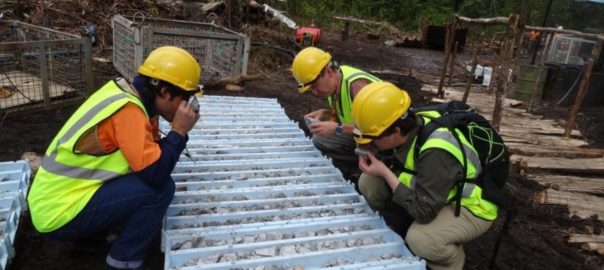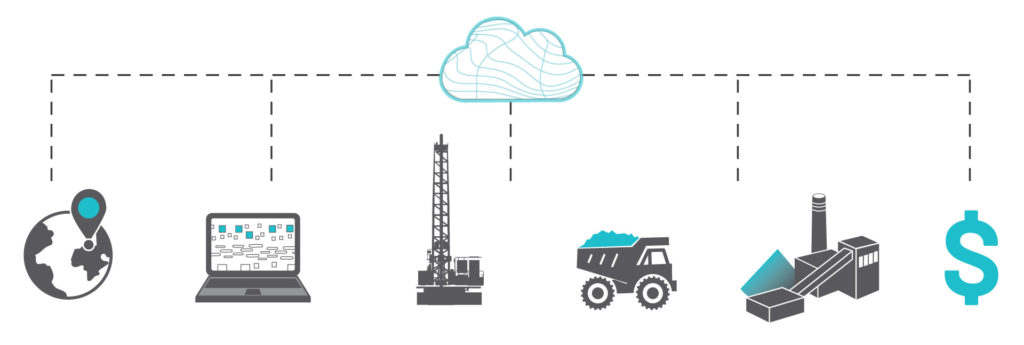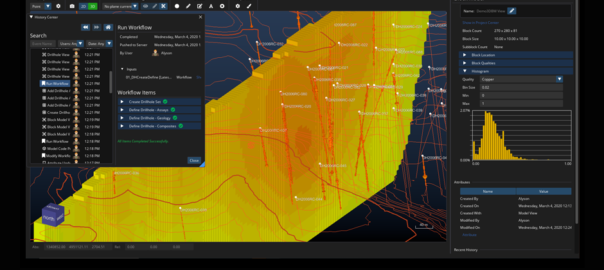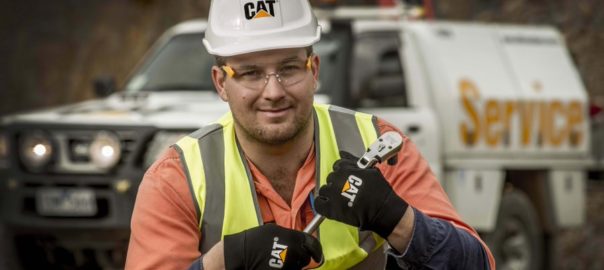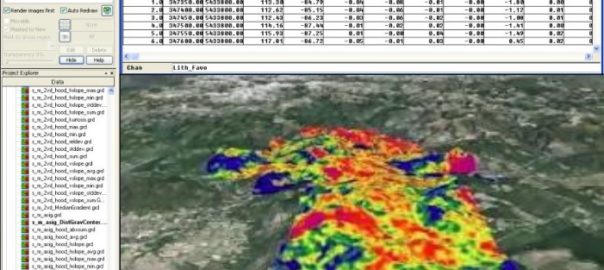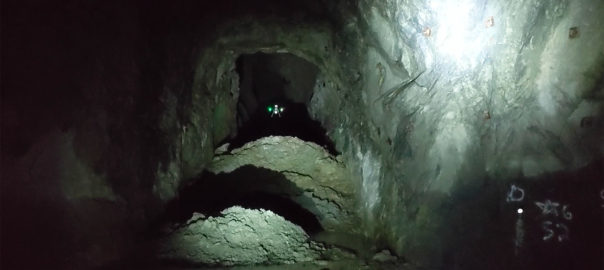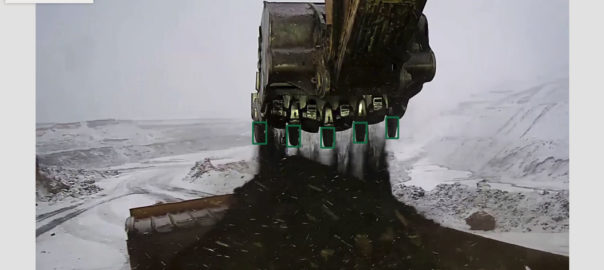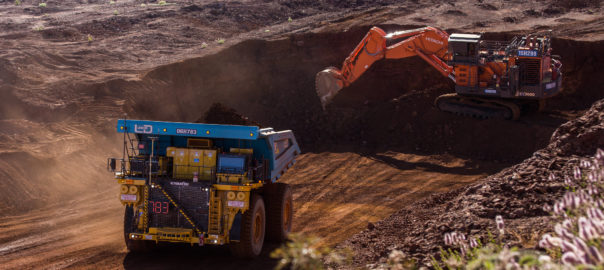Freeport Resources has signed a contract with Minerva Intelligence Inc that will see the artificial intelligence focused company deploy its DRIVER AI solution at the Star Mountains project in Papua New Guinea.
Freeport recently acquired Quidum Resources, which, through its wholly owned subsidiary, Highlands Pacific Resources Ltd, controls the Star Mountains project. The company thinks applying Minerva’s technology to the project will enhance its next phases of surface and sub-surface exploration of the extensive property, which is located close to the Ok Tedi mine.
“Freeport is committed to embracing new technologies to enhance the understanding of our portfolio of projects beginning with Star Mountains,” Nate Chutas, Senior VP of Operations at Freeport, said. “We believe that the advances in technology that DRIVER brings will provide deep insights into our project data and provide a better understanding for the development and prioritisation of high-quality exploration targets.”
DRIVER delivers these insights by evaluating all elements typically returned by modern laboratories, not simply the elements of direct economic interest, Freeport says. The work this requires is too time-consuming and complicated to be carried out by project geologists, according to the company.
Minerva’s cognitive reasoning platform is able to compare identified geochemical exploration vectors with its database of hundreds of past and present mines around the world, identifying those most similar to the explored target using the company’s proprietary AI technology.
The resulting similarity rankings can then provide reliable, explainable models upon which geologists can build their exploration strategies, Freeport says.
Gord Friesen, President and CEO of Freeport, said: “Despite having identified a very significant resource already, it is our assertion that Star Mountains is still vastly under-explored. We believe that utilising AI-based, deep-thinking tools such as DRIVER will exponentially hasten our understanding of Star Mountains’ true potential.”
The data analysis will involve three studies, the first two being 3D studies focused on the drilling results from the Olgal deposit where there is a current inferred resource, using a 0.3% copper cutoff grade, of 210 Mt grading 0.4% Cu and 0.4 g/t Au, for 2.9 Moz of contained gold and 840,000 t of contained copper.
The third study will be a combined 2D and 3D analysis of data collected from the remainder of the Star Mountains claims. All these studies will be integrated with interpretation of available airborne geophysics data, according to Freeport.
The first 3D study will be a geochemical cluster analysis to identify the lithogeochemical characteristics of the logged drill holes to use as a comparison against the interpreted logging, and for comparison with the lithogeochemistry of drilling results for other Star targets.
This will be followed by a second 3D study involving the use of Minerva’s DRIVER software to examine multi-element zonation patterns throughout the Olgal dataset.
The third study will apply Minerva’s SOLACE workflow to a combination of the surface and drilling data available for the rest of the Star Mountains claims for incorporation into Minerva’s Target target generation system.







